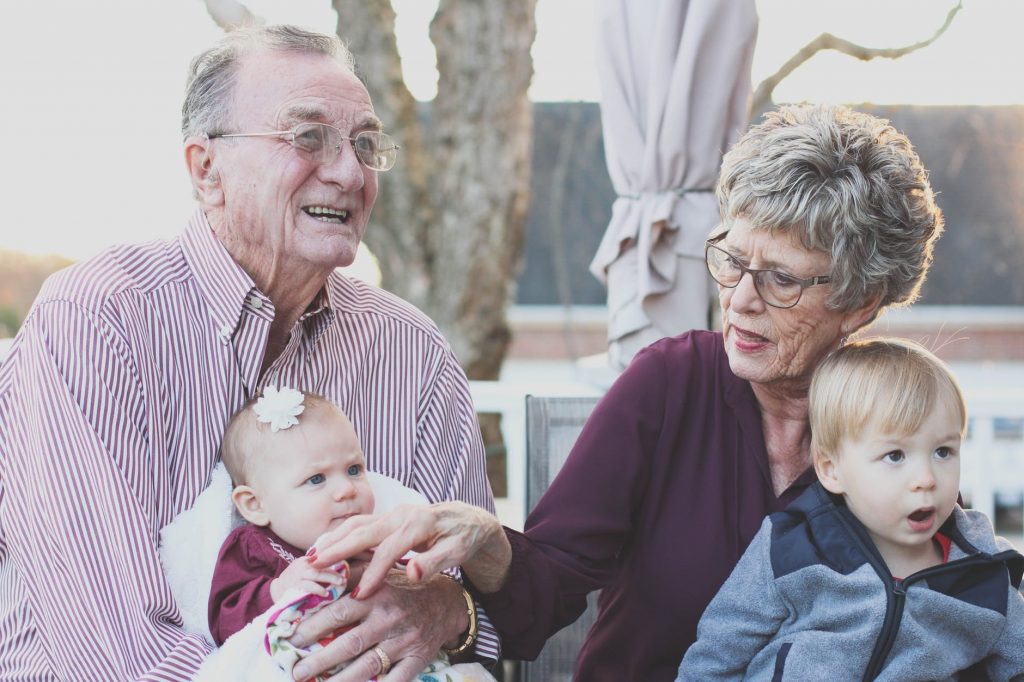
Alzheimer’s is an irreversible and progressive disease that destroys brain cells and their connections. This results in the slow destruction of memory and other mental functions, which eventually makes it difficult and then impossible to carry out even simple tasks. Alzheimer’s is the most common form of dementia, and nearly six million people are living with the disease in the United States. Since age is a significant risk factor for Alzheimer’s, this number is expected to rise dramatically as the senior citizen population increases.
The disease is most common in those older than 65, and the risk of developing it continues to grow with age. Alzheimer’s has no cure, and there is no known direct cause, although some believe that damaging the heart or blood vessels is an increased risk factor. For more information on the disease, see these Alzheimer’s disease facts.
Caring for a loved one with Alzheimer’s is extremely stressful and demanding, and Alzheimer’s patients will need more professional care as the disease progresses. While there is still no cure in sight for Alzheimer’s or other forms of dementia, technology has been able to help ease the burden on caregivers and keep Alzheimer’s patients safe and comfortable.
In-home Cameras and Monitoring Devices
Home care has many advantages for patients and their loved ones. The familiar home setting is great for people with Alzheimer’s as it helps give them a sense of stability, which can promote positive behavior and keep them comfortable. Installing in-home cameras is a great way to make it easier to monitor a loved one with Alzheimer’s to ensure they’re active, taking their medication, and staying safe. Elderly security cameras are already common as a way for people to keep an eye on aging parents and grandparents, and these cameras make even more sense for those with the specific needs of an Alzheimer’s patient.
You can also install monitoring devices that allow for remote access to the lights and thermostat to ensure loved ones are kept comfortable. Security alerts can even be sent via smartphone to alert caregivers to unusual movement.
Adapted Phones
These phones are a great option for those who have difficulty remembering phone numbers or using smartphones. Picture phones are good examples that typically come with large, clear buttons that can be fitted with pictures and preprogrammed to dial specific numbers. Some phones also have built-in video chat services like FaceTime. This ensures loved ones with Alzheimer’s can call family or caregivers quickly and easily.
For those who are still comfortable using smartphones or tablets, there are some great apps for those who suffer from Alzheimer’s or other forms of dementia. These can be especially helpful in the early stages of Alzheimer’s, although smartphones may become harder to use safely in later stages. If needed, you can get same-day smartphone repairs with uBreakiFix.
GPS Location Tracking
Those with Alzheimer’s have a tendency to wander, which can lead to scary situations for both themselves and their caregivers. Wandering can be especially common amongst those who are still being cared for at home, but even nursing facilities can have difficulty keeping an eye on all their patients at all times.
Fortunately, there are several options for GPS tracking devices, ranging from bracelets to devices in the soles of shoes. These tracking technologies make it easy for caregivers to find wandering loved ones, and some devices even have built-in SOS buttons to send alerts to loved ones. When coupled with other safety tech, such as fall sensors, these trackers help those with Alzheimer’s stay as safe as possible and make it easier for them to get emergency medical attention when necessary.